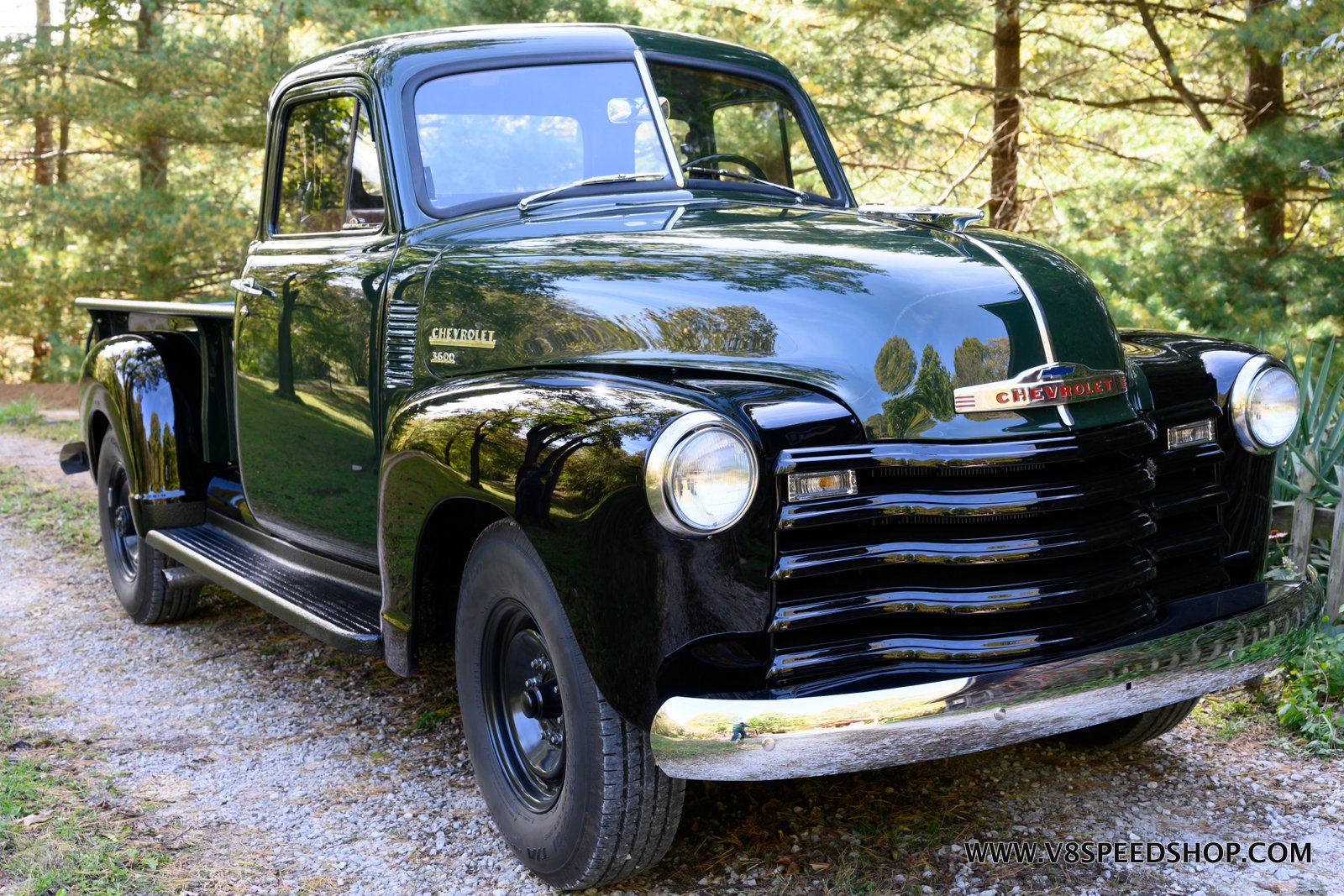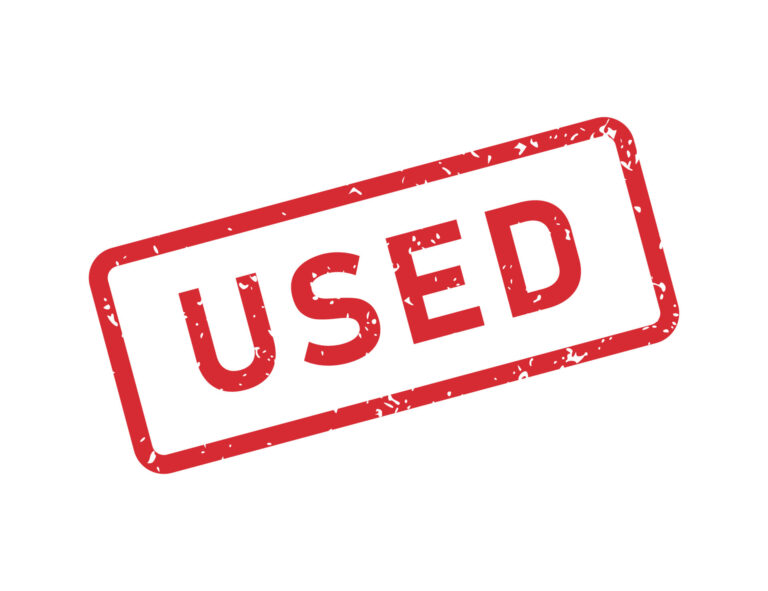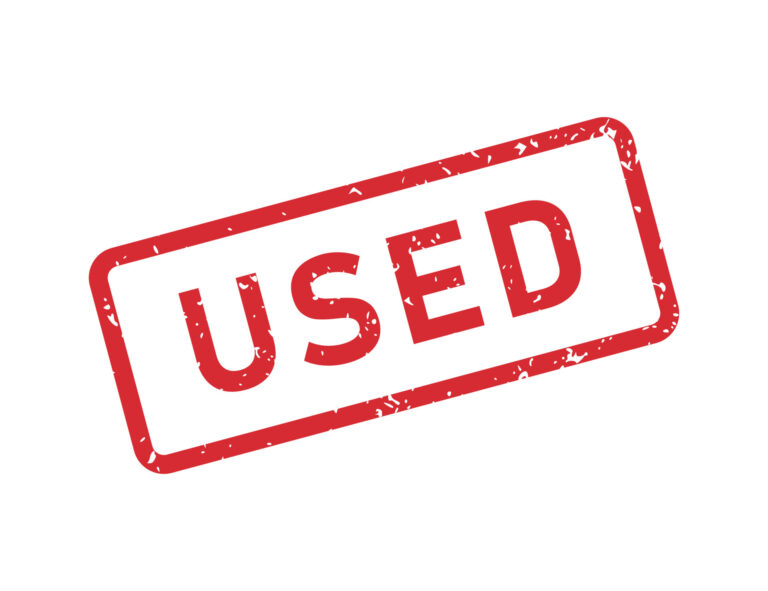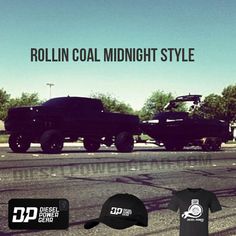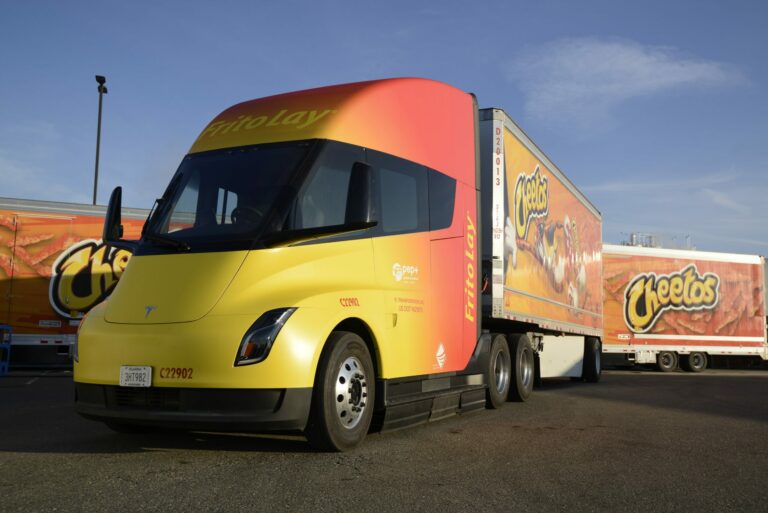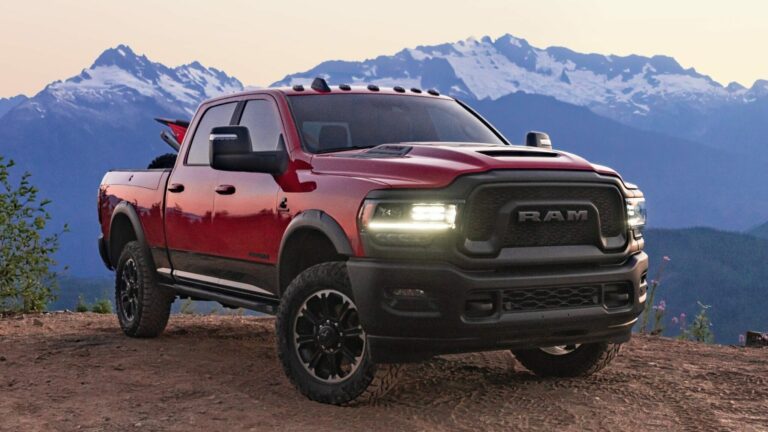1951 Chevy Trucks For Sale: Your Comprehensive Guide to Owning a Classic Icon
1951 Chevy Trucks For Sale: Your Comprehensive Guide to Owning a Classic Icon cars.truckstrend.com
In the vast landscape of classic American automobiles, few vehicles command as much affection and respect as the 1951 Chevrolet pickup truck. More than just a means of transport, these enduring machines represent a bygone era of American ingenuity, rugged utility, and distinctive style. For many, the idea of owning a 1951 Chevy truck isn’t merely about acquiring a vehicle; it’s about connecting with history, embracing a unique aesthetic, and embarking on a journey of restoration or customization. If you’re currently exploring the world of 1951 Chevy Trucks For Sale, this comprehensive guide is designed to equip you with the knowledge, insights, and practical advice needed to navigate the market and find your perfect vintage companion.
The 1951 Chevrolet truck is a proud member of Chevy’s "Advance-Design" series, produced from 1947 to 1955. This generation of trucks marked a significant departure from pre-war designs, offering a wider, more comfortable cab, improved visibility, and a sleek, rounded aesthetic that quickly became iconic. For collectors, enthusiasts, and even first-time classic vehicle owners, the 1951 model year holds a special appeal, striking a balance between vintage charm and relative accessibility for parts and maintenance. Its timeless design, robust construction, and versatile platform make it a highly sought-after classic, whether you dream of a meticulously restored showpiece, a reliable daily driver with character, or a fully customized hot rod.
1951 Chevy Trucks For Sale: Your Comprehensive Guide to Owning a Classic Icon
The Enduring Appeal of the 1951 Chevy Truck
What is it about the 1951 Chevy truck that continues to captivate hearts decades after its production? The answer lies in a blend of design, durability, and nostalgia. Aesthetically, these trucks are instantly recognizable with their iconic five-bar horizontal grille, distinctive fenders, and curvaceous body lines. They exude a friendly yet capable demeanor, a stark contrast to the aggressive designs of modern trucks.
Beyond their looks, 1951 Chevy trucks were built to last. Designed as workhorses for farms, businesses, and everyday use, they featured sturdy ladder frames and dependable inline-six engines that were known for their longevity and ease of maintenance. While they might lack the creature comforts and power of contemporary vehicles, their mechanical simplicity is a major draw for enthusiasts who enjoy working on their own vehicles or prefer the straightforward nature of vintage engineering. This inherent robustness means that many original trucks are still around today, making the search for 1951 Chevy Trucks For Sale a fruitful endeavor.
Understanding the Different 1951 Chevy Truck Models
Before diving into the market for 1951 Chevy Trucks For Sale, it’s crucial to understand the various body styles and configurations available. Chevrolet offered a range of options to suit different needs, each with its own unique characteristics and appeal:
- Pickup Trucks (3100, 3600, 3800 Series): These are by far the most common and sought-after models.
- 3100 Series: The half-ton pickup, featuring a 6.5-foot bed. This is the quintessential 1951 Chevy truck and often the most popular for restoration and customization due to its manageable size.
- 3600 Series: The three-quarter-ton pickup, typically with an 8-foot bed, offering greater hauling capacity.
- 3800 Series: The one-ton pickup, also with an 8-foot bed but with heavier-duty components for more demanding work. These are less common but offer a unique presence.
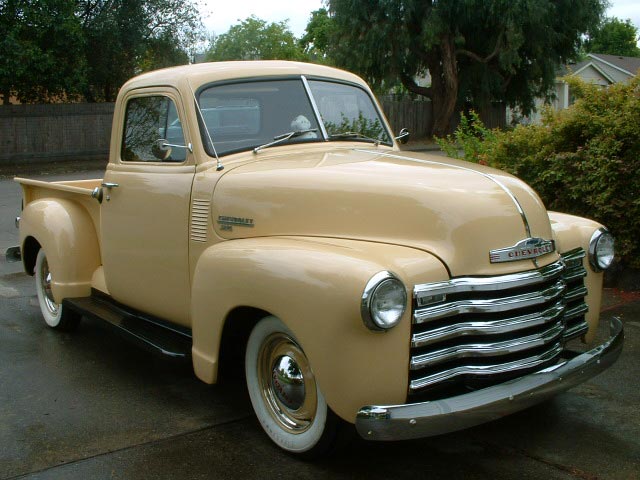
- Panel Trucks: These were essentially enclosed versions of the pickup, designed for commercial delivery. They feature large side panels perfect for advertising and offer a spacious, weather-protected cargo area. Panel trucks have become popular for unique custom builds, often transformed into campers or mobile businesses.
- Suburban Carryall: Considered one of the earliest SUVs, the Suburban Carryall was designed to transport both passengers and cargo. It features windows all around and multiple rows of seating, making it a unique and versatile classic for families or those seeking more enclosed space.
- Cowl Chassis: These were sold as bare chassis with a cowl, windshield, and front fenders, intended for custom body builders to create specialized vehicles like stake beds, dump trucks, or fire apparatus. Finding one of these complete and original is rare.
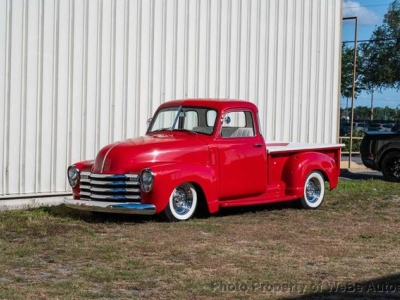
When evaluating 1951 Chevy Trucks For Sale, identifying the specific series and body style will help you narrow down your search and understand its original purpose and potential for your project.
What to Look For When Buying a 1951 Chevy Truck
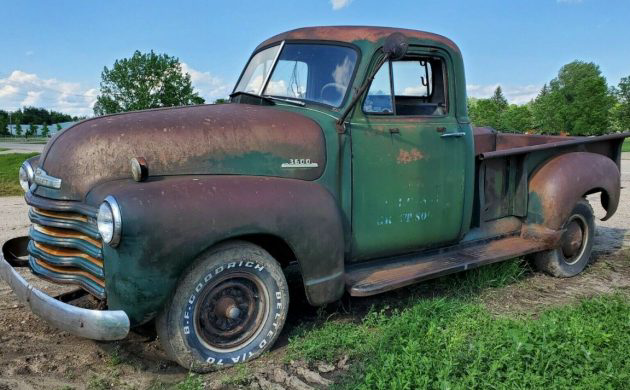
Acquiring a classic vehicle, especially a 70-year-old truck, requires careful consideration. The condition of 1951 Chevy Trucks For Sale can vary wildly, from rusted-out barn finds to pristine, award-winning restorations. Understanding these categories and what to inspect is paramount.
Condition Categories:
- Project/Parts Truck (Lowest Price): These trucks are typically non-running, incomplete, or heavily rusted. They require extensive restoration or are suitable only for parts donation. Expect to pay anywhere from a few hundred to a few thousand dollars. This is for the serious restorer with significant time, skill, and budget.
- Driver Quality (Mid-Range Price): These trucks are generally running and drivable, but may have cosmetic flaws, minor mechanical issues, or older, imperfect restorations. They can be enjoyed immediately but will likely require ongoing maintenance and potentially future restoration work. This is a popular category for those wanting to enjoy a classic without breaking the bank upfront.
- Restored/Show Quality (Highest Price): These trucks have undergone professional, comprehensive restorations, often to original factory specifications or to a high level of custom craftsmanship (resto-mod). They are typically in excellent mechanical and cosmetic condition, ready for shows or immediate enjoyment with minimal issues. Expect premium pricing for these turn-key classics.
Key Inspection Points:
- Rust: This is the primary enemy of vintage vehicles. Thoroughly inspect common rust areas: cab corners, floor pans, rocker panels, fenders (especially behind the wheels), bed floors, inner fenders, and the frame. Surface rust is manageable, but extensive rot signifies major repair costs.
- Frame Integrity: Check the frame for bends, cracks, or serious corrosion. A damaged frame can be incredibly difficult and expensive to repair correctly.
- Engine and Drivetrain:
- Originality: Is it the original "Thriftmaster" or "Loadmaster" inline-six, or has it been swapped for a more modern engine (like a V8)? Neither is inherently bad, but it impacts value and maintenance.
- Running Condition: Does it start easily? Are there strange noises, excessive smoke, or leaks?
- Transmission: Does it shift smoothly? Is it the original 3-speed manual on the column, or has it been upgraded?
- Brakes and Suspension: Test the brakes. Are they spongy? Does the truck pull to one side? Check for worn suspension components (leaf springs, shocks, kingpins).
- Electrical System: Classic electrical systems can be finicky. Test all lights, gauges, and accessories. Look for frayed wires or amateur wiring jobs.
- Interior: Assess the condition of the seat, dashboard, gauges, door panels, and headliner. Originality and completeness can add value.
- Documentation: A clear title is non-negotiable. Service records, original manuals, or photos of previous restoration work can add significant value and peace of mind.
The Buying Process: Where and How to Find Your 1951 Chevy
The search for 1951 Chevy Trucks For Sale is an adventure in itself. Here are the most common avenues and tips for success:
- Online Marketplaces:
- eBay Motors: A wide variety, from projects to fully restored. Be wary of listings without detailed photos or clear descriptions.
- Craigslist/Facebook Marketplace: Often good for local, cheaper projects or "barn finds." Exercise caution and always inspect in person.
- Specialty Classic Car Websites: Hemmings Motor News, ClassicCars.com, Autotrader Classics. These sites typically feature higher-quality listings from dealerships and private sellers.
- Classic Truck Forums/Facebook Groups: Many dedicated communities exist where members buy, sell, and trade trucks. These can be great for finding well-maintained examples from fellow enthusiasts.
- Classic Car Dealerships: Reputable dealerships specializing in classics often have restored or driver-quality 1951 Chevy trucks. While prices may be higher, they often come with a level of vetting and sometimes warranties.
- Auctions: Companies like Barrett-Jackson or Mecum Auctions frequently feature classic trucks. Auctions can be exciting, but it’s crucial to do your due diligence on the vehicle beforehand, as sales are often "as-is."
- Word of Mouth/Local Classifieds: Sometimes the best deals are found through networking with local car clubs or simply by spotting a "For Sale" sign.
Practical Advice for Buyers:
- Set a Budget (and stick to it): Factor in not just the purchase price, but also transportation, insurance, potential immediate repairs, and future restoration costs.
- Bring a Knowledgeable Friend: If you’re not mechanically inclined, bring someone who is. A second pair of eyes is invaluable.
- Pre-Purchase Inspection (PPI): For any significant investment, consider hiring an independent classic car mechanic to perform a PPI. This can uncover hidden issues and save you thousands down the road.
- Don’t Rush: There are many 1951 Chevy Trucks For Sale. Take your time, compare options, and don’t feel pressured to buy the first one you see.
- Negotiate: Most classic vehicle prices are negotiable, especially for private sales. Do your research on comparable sales.
Restoration vs. Customization: Your Vision for a 1951 Chevy
Once you’ve secured your 1951 Chevy truck, you’ll face a fundamental decision: restore it to its original glory or customize it for modern performance and comfort?
- Restoration: This path focuses on returning the truck to its factory specifications, using original or period-correct reproduction parts. It’s a meticulous process that can be time-consuming and expensive but results in a historically accurate vehicle. The challenge lies in sourcing rare parts and matching original finishes. The reward is owning a piece of history that looks and feels as it did in 1951.
- Customization (Resto-Mod/Hot Rod): This involves blending the classic aesthetics of the 1951 Chevy with modern mechanicals and conveniences. Common upgrades include V8 engine swaps, automatic transmissions, power steering, power disc brakes, air conditioning, independent front suspension, and modern sound systems. While purists may frown, a well-executed resto-mod offers the best of both worlds: vintage looks with modern drivability, making it suitable for daily use.
Regardless of your choice, be prepared for a project. Even "restored" trucks may need ongoing attention. Joining online forums, classic truck clubs, and connecting with experienced restorers can provide invaluable support and advice.
Owning and Maintaining a 1951 Chevy Truck
Owning a classic 1951 Chevy truck is a rewarding experience, but it comes with unique considerations.
- Maintenance: While simpler than modern vehicles, older trucks require consistent maintenance. Regular oil changes, lubrication, and checks of fluids, brakes, and tires are essential. Learning basic mechanics can save you money and deepen your appreciation for your truck.
- Parts Availability: Fortunately, the Advance-Design Chevy trucks are well-supported by the aftermarket. Many reproduction parts (body panels, trim, weatherstripping, interior components) are readily available. Mechanical parts for the original inline-six engines are also generally easy to find. For highly specific or rare original components, online communities, swap meets, and specialty salvage yards are your best bet.
- Insurance: Standard auto insurance policies often don’t adequately cover classic vehicles. Look into specialized classic car insurance, which typically offers agreed-value coverage, lower premiums (due to limited mileage), and coverage for in-process restorations.
- Driving Experience: Be aware that a stock 1951 Chevy truck will drive very differently from a modern vehicle. Expect manual steering, manual drum brakes (requiring more stopping distance), and a "looser" feel. It’s part of the charm, but something to adapt to.
1951 Chevy Trucks For Sale: Estimated Price Guide
Please note that prices for 1951 Chevy Trucks For Sale are highly variable and depend on numerous factors, including geographic location, originality, documentation, and the seller’s motivation. This table provides a general range.
| Condition Category | Estimated Price Range (USD) | What to Expect |
|---|---|---|
| Project/Parts Truck | $1,500 – $7,000 | Non-running, significant rust, incomplete, missing parts, often without a clear title (check state laws). Ideal for full ground-up restoration or parts donor. |
| Driver Quality | $8,000 – $25,000 | Running and drivable, functional brakes/lights, possibly an older paint job, some rust, worn interior. Good for cruising as-is, but will need ongoing work/upgrades. |
| Light Restoration | $26,000 – $40,000 | Solid mechanicals, decent paint/body, minimal rust, interior mostly complete. Might need some cosmetic refreshing or minor mechanical sorted to be excellent. |
| Restored/Show Quality | $40,000 – $80,000+ | Meticulously restored to original specifications or a high-end resto-mod. Excellent paint, body, engine, interior. Turn-key and ready for shows or consistent enjoyment. |
| Exceptional/Concours | $80,000 – $120,000+ | Flawless, historically accurate, often with award history. Extremely rare or unique models in perfect condition. |
Note: These are estimates. Heavily modified or custom trucks can fall outside these ranges based on the quality and extent of the modifications.
Frequently Asked Questions (FAQ) about 1951 Chevy Trucks For Sale
Q1: Are parts hard to find for a 1951 Chevy truck?
A1: No, generally parts are quite accessible. Due to the popularity of the Advance-Design series (1947-1955), many reproduction body panels, trim pieces, weatherstripping, and interior components are available from specialty vendors. Mechanical parts for the original inline-six engines are also widely available.
Q2: Can I daily drive a 1951 Chevy truck?
A2: While technically possible, a stock 1951 Chevy truck lacks modern safety features, power steering, power brakes, and air conditioning. It can be a demanding daily driver. Many owners opt for a "resto-mod" approach, adding modern amenities and drivetrain components to make them more suitable for regular use.
Q3: What’s the average cost of restoration for a 1951 Chevy truck?
A3: The cost varies wildly. A full, professional, frame-off restoration can easily cost $40,000 to $100,000+, sometimes exceeding the final value of the truck. A DIY restoration can be significantly cheaper, but still requires a substantial investment in parts, tools, and time.
Q4: Are 1951 Chevy trucks good investments?
A4: Like many classic vehicles, their value tends to appreciate over time, especially well-maintained or professionally restored examples. However, they should be purchased for passion and enjoyment first, with investment potential as a secondary consideration. Restoration costs often outpace appreciation.
Q5: What engine did the 1951 Chevy trucks originally come with?
A5: The most common engine was the Chevrolet "Thriftmaster" 216 cubic inch (3.5 L) inline-six cylinder engine. Heavier-duty models sometimes featured the "Loadmaster" 235 cubic inch (3.9 L) inline-six. Both were known for their reliability and torque.
Q6: What does "Advance-Design" mean?
A6: "Advance-Design" refers to the specific generation of Chevrolet and GMC trucks produced from 1947 through mid-1955. They were a complete redesign from pre-war trucks, featuring a more modern, comfortable cab, improved visibility, and a distinct rounded aesthetic that became highly popular.
Conclusion
The allure of 1951 Chevy Trucks For Sale extends far beyond mere transportation; it’s about owning a tangible piece of American history, a vehicle that embodies durability, style, and a simpler time. Whether you envision a meticulous, factory-correct restoration, a high-performance resto-mod, or simply a charming driver for weekend cruises, the journey of acquiring and enjoying a 1951 Chevy truck is deeply rewarding. By understanding the different models, knowing what to look for during inspection, navigating the buying process wisely, and preparing for the joys and challenges of ownership, you’ll be well-equipped to find and cherish your very own classic icon. Embrace the adventure, and soon you could be behind the wheel of one of the most beloved classic trucks ever made.
